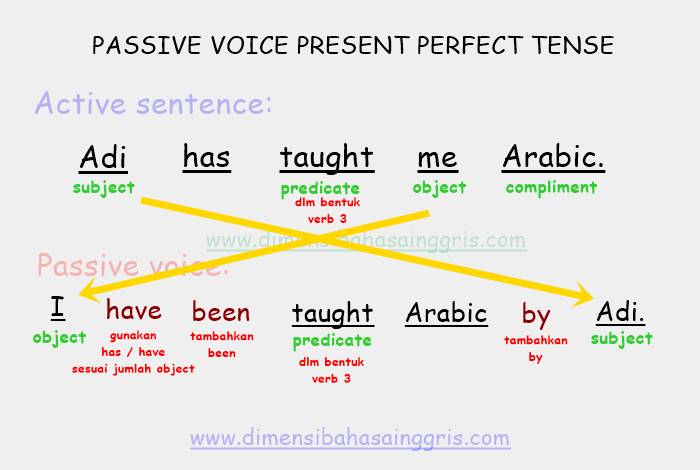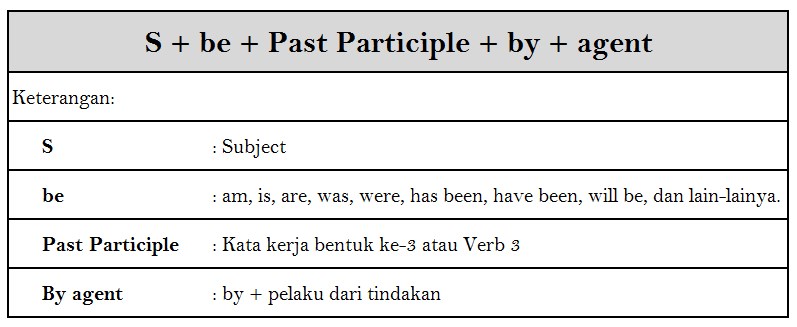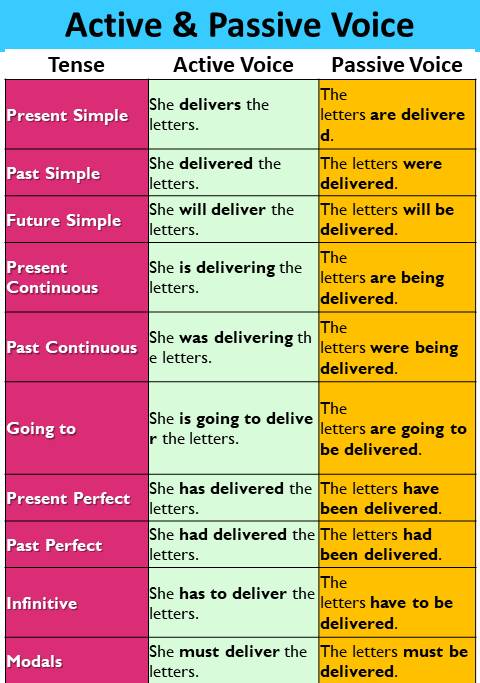Passive voice is a grammatical construction in which the subject of a sentence is not the agent performing the action, but rather the recipient of the action. It is formed by using a form of the verb "to be" with the past participle of the main verb. Passive voice is often used to describe situations in which the agent of the action is unknown or unimportant, or to emphasize the action rather than the agent.
For example, consider the following sentence written in active voice: "The cat chased the mouse." In this sentence, the subject "the cat" is performing the action of chasing. Now consider the same sentence written in passive voice: "The mouse was chased by the cat." In this version, the subject "the mouse" is not performing the action, but rather receiving it. The agent of the action, "the cat," is included in a prepositional phrase at the end of the sentence.
Passive voice can also be used to describe situations in which the agent is known, but the focus is on the action rather than the agent. For example, "The cake was baked by the chef" puts the emphasis on the fact that the cake was baked, rather than on who baked it.
While passive voice can be useful in certain situations, it is generally considered less clear and direct than active voice. In active voice, the subject of the sentence is performing the action, which makes the sentence easier to understand and follow. In contrast, passive voice can make a sentence more complex and harder to follow, as it requires the use of an auxiliary verb and a prepositional phrase to convey the same information.
In general, it is recommended to use active voice whenever possible, as it makes sentences more concise, clear, and direct. However, there may be times when passive voice is more appropriate, such as when the agent of the action is unknown or unimportant, or when the focus of the sentence is on the action rather than the agent.
In conclusion, passive voice is a grammatical construction that is used to describe situations in which the subject of a sentence is not the agent performing the action, but rather the recipient of the action. While it can be useful in certain situations, it is generally considered less clear and direct than active voice, and it is therefore recommended to use active voice whenever possible.








